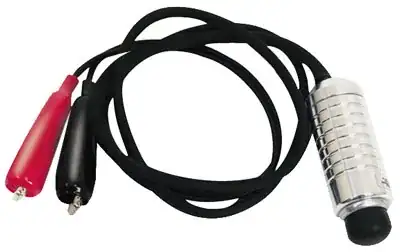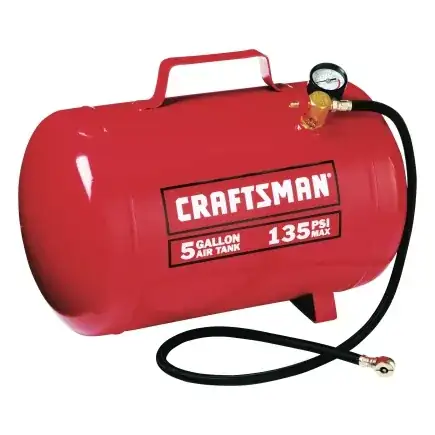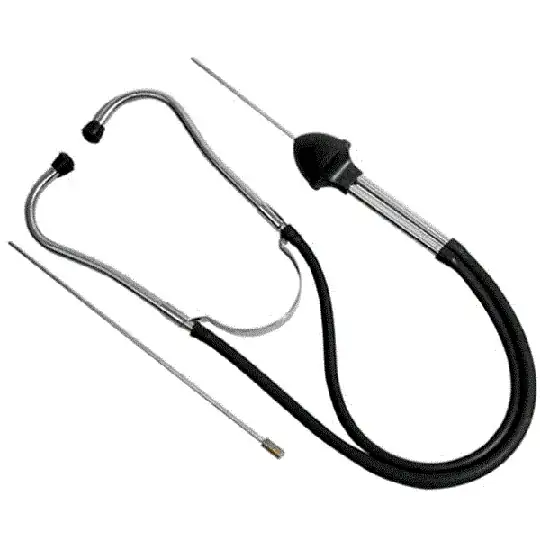I'd like to use a vacuum gauge to test older, high mileage vehicles I'm thinking of purchasing. I figure I'll probably be limited to this, checking with a multi-meter, a balance test and whatever I can see with my eyes.
I've found various sites, for example here, here and here, which detail the various results you can get and what they indicate is wrong.
Most seem to agree that normal is between 17-22 at sea level subtracting 1 for each 1000 feet of elevation.
What's not always clear is which conditions are serious, walk away from this car problems, and which ones might be things that could be cheaply fixed either in a shop or as a small DIY job.
For example, a steady low reading between 8-16 could be attributed to any of the following:
- Incorrect valve timing
- Incorrect ignition timing
- Small vacuum leak
- low compression/worn rings
Will the quick open/close test tell me for sure that it's worn rings? If it is, what's the walk away threshold? 14? 12? 8?
While a compression leak between cylinders or a leaky head gasket seem like walk away problems, what about other things listed like:
- Sticky Valves
- Weak valve springs
- Worn intake valve stem guides
- Leaky manifold or carburetor gasket
- Excessive exhaust back pressure (plugged muffler or catalytic converter)
I just want to get as much info out of this test as I can.


